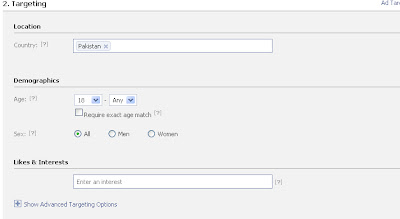In today’s lecture we studied
SEO (search engine optimization)
SEO is done in two ways:
· Off page (nothing to do with code)
· On page (metadata has to be defined)
In both on page and off page there is a concept of crawlers.
Crawlers read
1. Content originality
2. Reads website code
3. Reads website content
4. Extract website content
1. Content originality:
Google when searches read each and everything even the images name. E.g. if a flower is uploaded on the website Google will search the image better if file is named correctly.
Xyz.com/flower.jpg will be searched more efficiently than Xyz.com/j-001-05y.jpg.
2. Read website code:
Search engines read the code of website. Also called metadata. Metadata includes keywords, author, name, description,
3. Read the content:
After metadata reads content. Metadata should match with content.
· Once in your first paragraph
· twice or thrice in middle paragraphs
· once in the last paragraph
4. extract the data:
Extract keywords mostly from second and third paragraph.
ANCHOR TEXT: it’s a form of hyperlink. It is that you are linked on some other website or page. It’s in the
§ Within website
§ Outside website
BACKLINKING: it’s the outside website.
HOW YOU CAN CREATE BACKLINKS:
1) Free directories
· DMOZ.com
· Websavy.com
· Gimpsy.com
· Zeal.com
2) Themed portals
3) Press releases/articles
4) RSS
5) Paid ads
6) Reciprocal Links









